Many children who are reluctant to draw and find forming letters difficult and frustrating lack the basic graphomotor skills needed for drawing and printing letters.
So if your child is having difficulties with drawing and printing letters, is avoiding these tasks it may be useful to take a few steps back and start at the beginning.
Young children start their drawing career spending a great deal of time drawing straight and curved lines, with ever increasing levels of control and accuracy. This early practice is important for training the brain to plan the movements needed for creating lines with a particular length, curvature, position and direction.
These pictures show how toes at 22 months experiments with lines in different directions


In this video I make suggestions for how you can use guided scribbling games as a good place to start working on your child's basic graphic abilities and also overcome some of the resistance to drawing. These guided scribbling activities will go a long way to building a sound foundation for learning to print letters.
Kindergarten Drawing Activities
A PDF Guide for Parents and Teachers

Learning to draw and print numbers and letters is a matter of learning to control the movements of a pencil on paper to produce straight and curved lines of different lengths, in different directions, precisely located on the page and linked to create patterns, shapes and letters. (Read more about the graphomotor abilities children should acquire in kindergarten.)
Children with movement difficulties associated with DCD, ASD, joint hypermobility (low muscle tone) and those having a very cautious highly sensitive (anxious) nature or a diagnosis of Sensory Processing Disorder, may need a bit of extra help with guided practice opportunities to acquire the. basic motor control and graphic abilities for learning to print letters and numbers that are well formed,spaced and sized.
The drawing activities in this Kindergarten Drawing Activities book are designed to help children acquire these basic motor coordination and graphic abilities in readiness for learning to print letters and numbers.
Available to Handwriting Gym subscribers
Just $20 for a subscription Subscribe here
HWG subscribers: To access the PDF go to your account and click on the files tab.
About the drawing activities
Each activity has two sections: a guided drawing activity for practicing a particular graphic element followed by suggestions for incorporating the same elements into a drawing.
For example, the Drawing Long Lines activity is an opportunity to practice drawing lone lines down the page with attention to the start and endpoint of the line. The emphasis is attention to a goal, repetition and evaluation of the outcome as a way to improving the child's attention the to details of the task and using feedback to adapt the drawing actions to improve the quality of each long line.
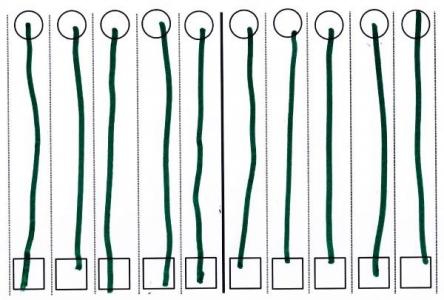
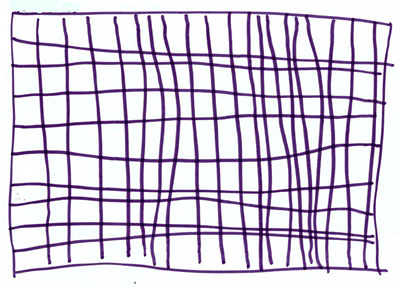
The Free and Creative drawing section makes suggestions for incorporating long vertical lines into a drawing to create patterns, fills, create shapes or represent events such as a rain storm. The emphasis is on encouraging your child to experiment with different and creative ways to represent people, animals and objects


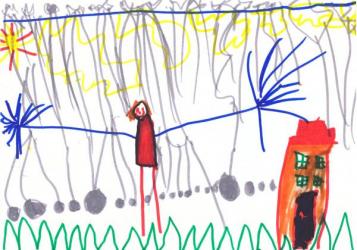
Contents
About
How the brain controls drawing movements
Arm and finger movements for drawing
Materials
Teaching for better learning
Activities with 13 different activity sheets
Scribble pictures and wobbly monsters
Long vertical and horizontal lines
Ladders and train tracks
Circles in boxes
Diagonal lines, triangles and zigzags
Rectangles and squares
Shapes in small boxes
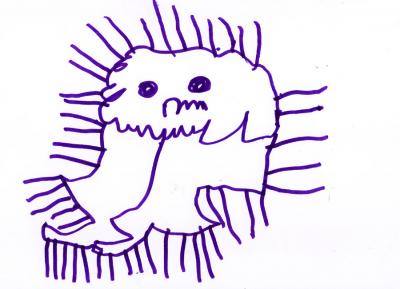

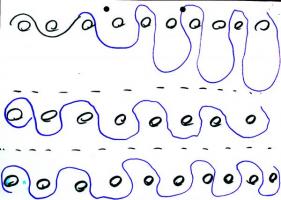
About the author
Pam Versfeld is a physiotherapist with many years of experience working with children who have drawing and handwriting difficulties related to developmental motor disorders such as developmental coordination disorder (DCD), ASD, joint hypermobility/ low muscle tone and ADHD and being a highly sensitive child (sometimes diagnosed as a sensory processing disorder).
Pam is also a proud grandmother who has closely observed the developing graphic abilities of several grandchildren who have spent many hours sitting and drawing at her kitchen table.

